Top Things to Know Before Buying the Best Indoor Plants
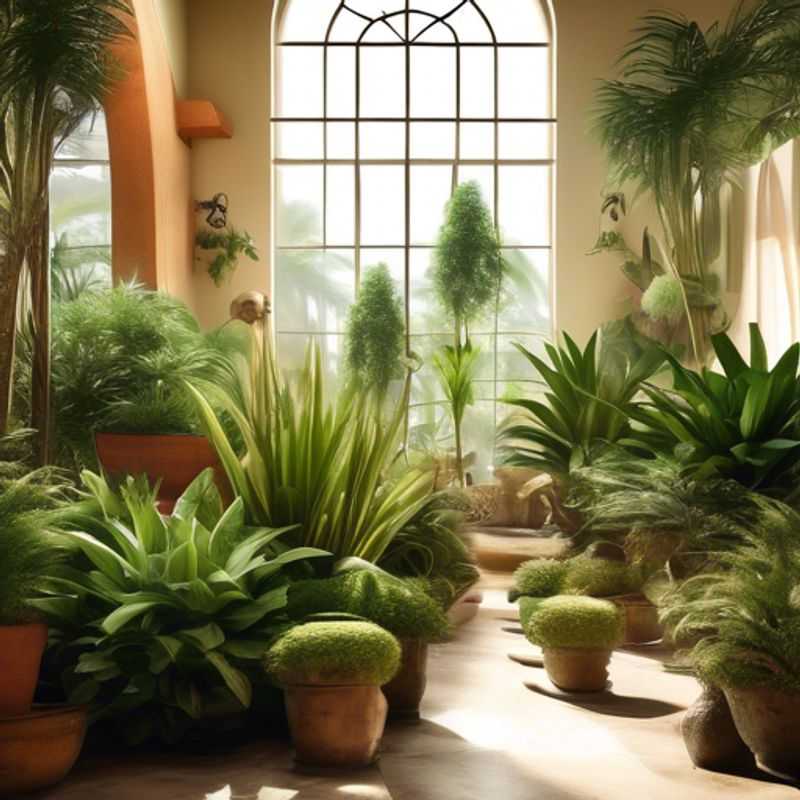
Top Things to Know Before Buying Indoor Plants: Light, Watering, Space, Temperature, Toxicity, Pests, and Soil
Bringing the outdoors in can be a fantastic way to brighten up your space and enhance your well-being, but choosing the right indoor plants requires some careful consideration.
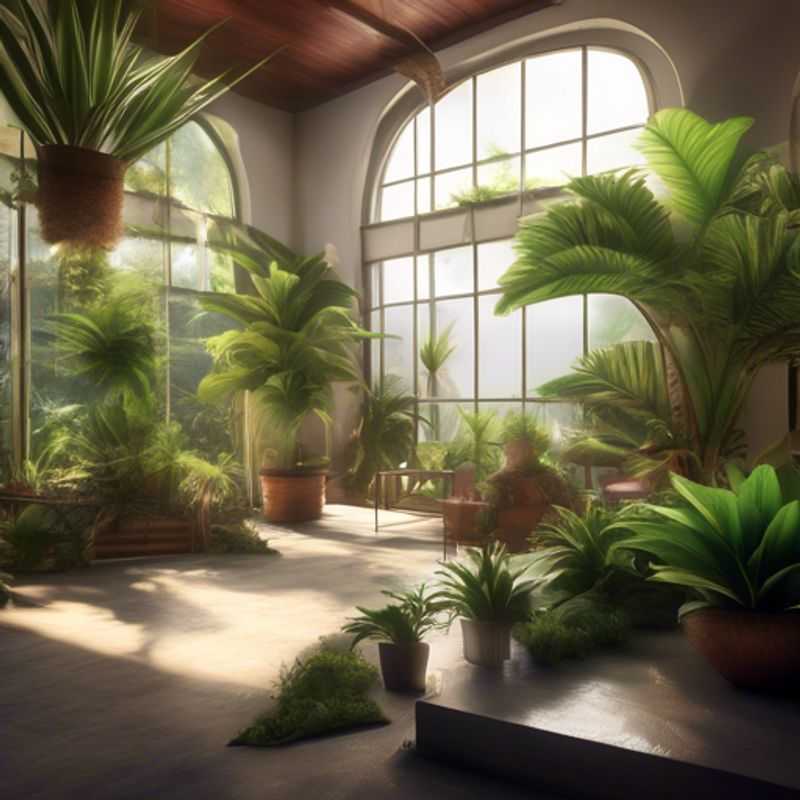
Light Check: Understanding Your Indoor Space Before Choosing Plants
Before you bring home a new plant, determine the amount of light your indoor space receives. This is a crucial step in selecting plants that will thrive. The light levels in your home can vary significantly, so knowing what your space offers is essential.
To assess light levels, consider the following:
Direct sunlight: This is the strongest type of light and is usually found on south-facing windows. The light is intense and can scorch some plants.
Bright indirect light: This is a good balance, offering a lot of light without the intensity of direct sun. It's often found on windows facing east or west.
Low light: This is the dimmest light condition, typically found in rooms with no or few windows, or on north-facing windows.
Observe your space throughout the day. See how the light changes and consider the hours of light your space receives. You can also use a light meter to measure the light levels, though this is not essential.
Knowing the light levels in your home will help you choose plants that will thrive, saving you time and money. Look for information about the plant's light requirements before purchasing. This simple step is key to success in indoor gardening.
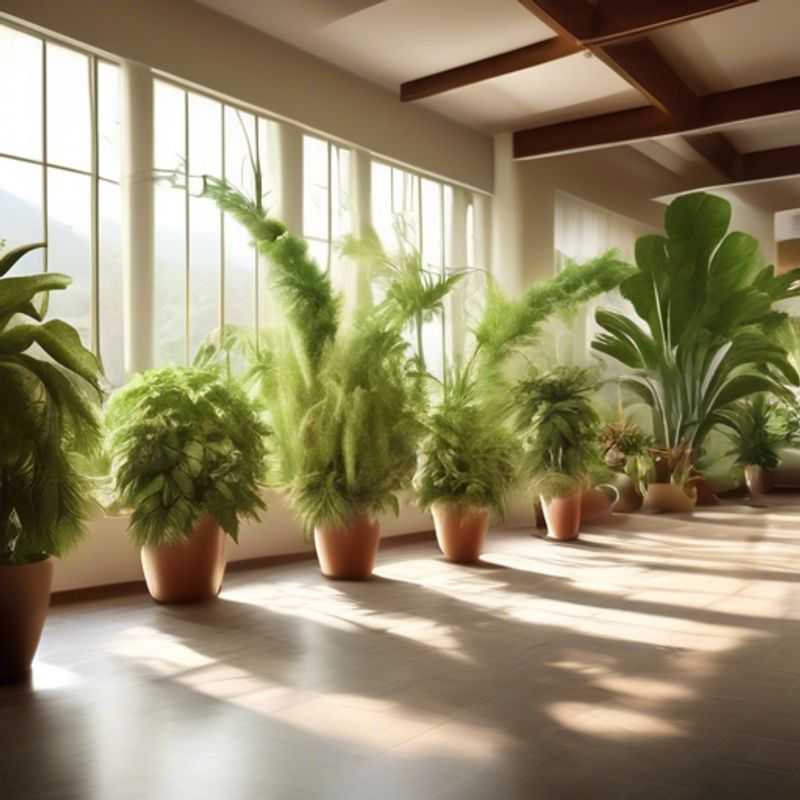
Understanding Watering Needs: A Guide to Keeping Your Plants Thriving
Understanding a plant's water needs is crucial for its health and survival. Each plant variety has unique requirements based on its species, size, and growing environment. Overwatering and underwatering can lead to stunted growth, yellowing leaves, and even plant death.
Generally, plants with large leaves and a shallow root system need more frequent watering than those with smaller leaves and a deeper root system. Succulents, like cacti and aloe vera, store water in their leaves and require less frequent watering.
To determine your plant's specific needs, consider its natural habitat. Plants native to humid environments like ferns and orchids require consistent moisture, while plants from arid regions like cacti and succulents prefer dry conditions.
The best way to determine if your plant needs water is to check the soil moisture. Stick your finger into the soil about an inch deep. If the soil feels dry, it's time to water. If it's still moist, wait a few days.
Avoid watering on a strict schedule. Different factors can influence a plant's water needs, such as temperature, humidity, and the size of the pot. Pay attention to your plant's signals, such as wilting leaves or drooping stems, to determine when it needs watering.
Ultimately, understanding the unique needs of your plant variety is key to keeping it healthy and thriving. Observe your plant closely, and adjust your watering practices as needed.
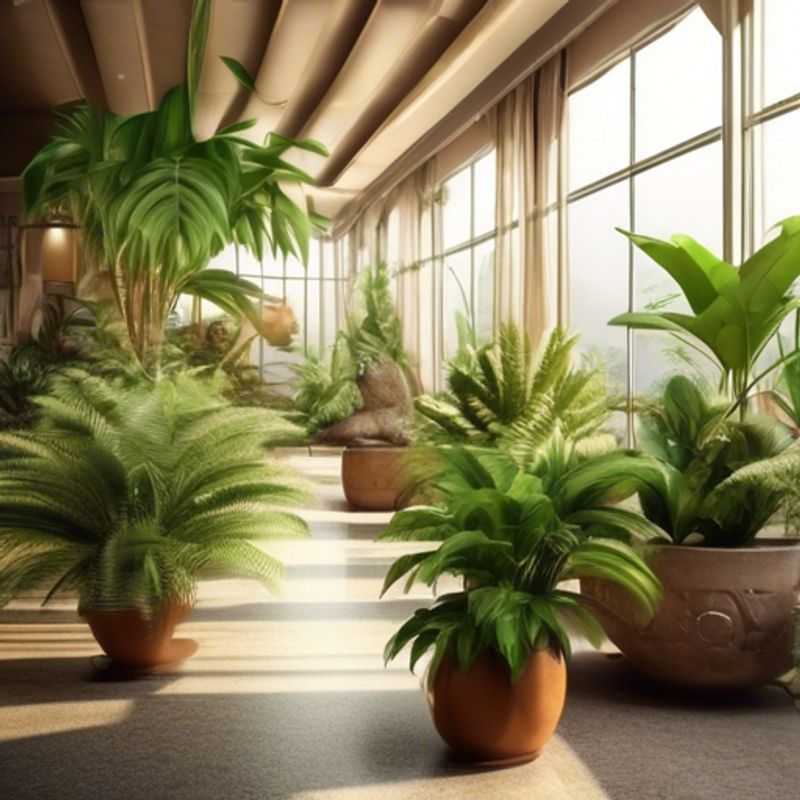
Sizing Up Your Space: Choosing Plants That Thrive
Choosing the right plants for your space is crucial for a healthy and thriving indoor garden. It's important to consider the size of your space and select plants that will fit comfortably without overcrowding. This ensures adequate airflow and light for all your plants.
For small spaces, consider compact varieties like succulents, herbs, or miniature orchids. These plants require less space and can thrive in containers or hanging baskets. For larger spaces, you can explore taller plants like ficus, palms, or monstera deliciosa.
It's also important to consider the light conditions of your space. Some plants, like cacti and succulents, tolerate low light, while others, like ferns and orchids, require bright, indirect light. By choosing plants that suit your lighting conditions, you can maximize their growth and health.
Measuring your space and researching the mature size of potential plants will help you make informed decisions. This ensures that your chosen plants will fit comfortably and thrive in their new environment.
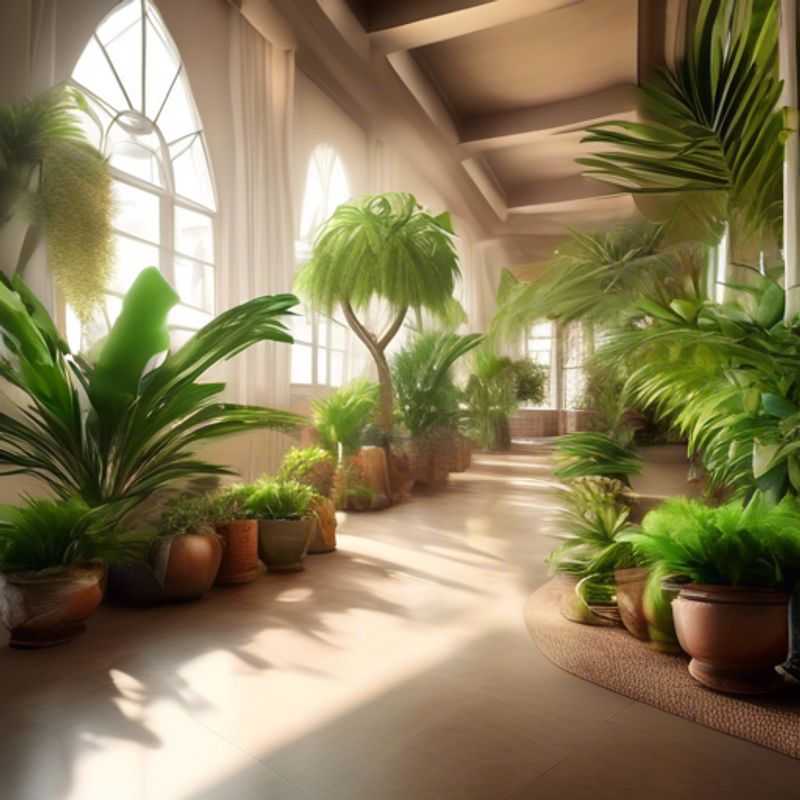
Unlocking Plant Growth: Researching Ideal Temperature and Humidity
Plants have specific temperature and humidity requirements for optimal growth. Understanding these requirements is crucial for healthy plant development. You can research this information using a variety of resources, including books, online databases, and plant care websites.
Temperature: Most houseplants thrive in temperatures between 65-75°F (18-24°C). Some plants tolerate cooler temperatures, while others prefer warmer temperatures. Consider the plant's native climate to determine its ideal temperature range.
Humidity: Plants need a certain level of humidity in the air to thrive. Some plants require high humidity, such as ferns and orchids, while others are more tolerant of dry air. You can increase humidity by using a humidifier, grouping plants together, or placing them on trays filled with pebbles and water.
Factors to consider:
Light: Plants require different amounts of light. Research your plant's specific light needs to ensure it receives the appropriate amount.
Watering: Water your plants based on their needs. Overwatering can be detrimental.
Soil: Use a well-draining potting mix. Choose a soil that is suitable for your plant's specific requirements.
Fertilizer: Fertilize your plants according to their needs. Overfertilizing can be harmful.
Pest control: Be aware of common plant pests and learn how to identify and treat them.
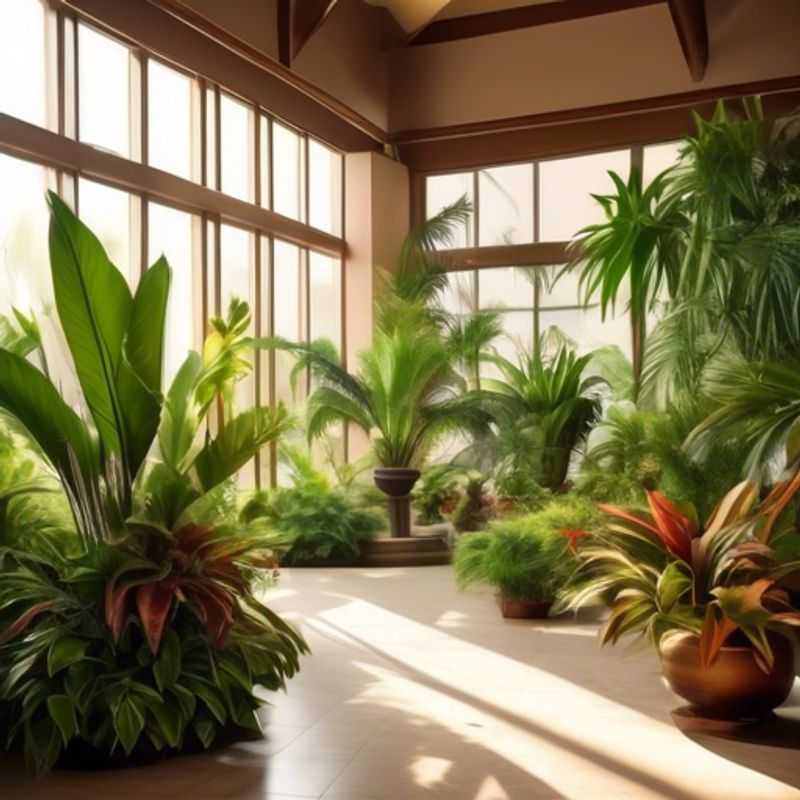
Pet and Child Safety: Identifying and Avoiding Toxic Plants in Your Home
When you have pets or small children, you should take care that plants in your house are safe. Some plants are toxic and can cause serious health issues, so it is crucial to be aware of the potential dangers.
Commonly toxic plants include:
Lilies: These are particularly dangerous for cats, even small amounts can be lethal.
Pothos: This common houseplant can cause mouth irritation, vomiting, and diarrhea if ingested by pets or children.
Peace lilies: While they are not true lilies, they can cause oral irritation, vomiting, and difficulty swallowing.
Tulips and daffodils: The bulbs of these flowers are toxic and can cause vomiting, diarrhea, and even heart problems.
Oleander: All parts of this plant are poisonous, even a small amount can be fatal.
Sago palms: These plants are highly toxic to both pets and children. They can cause liver failure and even death.
Dieffenbachia: Also known as “dumb cane”, this plant can cause mouth irritation, swelling of the tongue, and difficulty swallowing.
Castor beans: This plant is highly toxic and can cause severe gastrointestinal issues, seizures, and death.
If you have pets or small children, it's best to err on the side of caution and choose non-toxic plants, or keep toxic plants out of reach. If you suspect your pet or child has ingested a toxic plant, seek veterinary or medical attention immediately.
For more information, consult with a veterinarian or a poison control center. There are resources available online that can help you identify toxic plants and learn more about their effects.
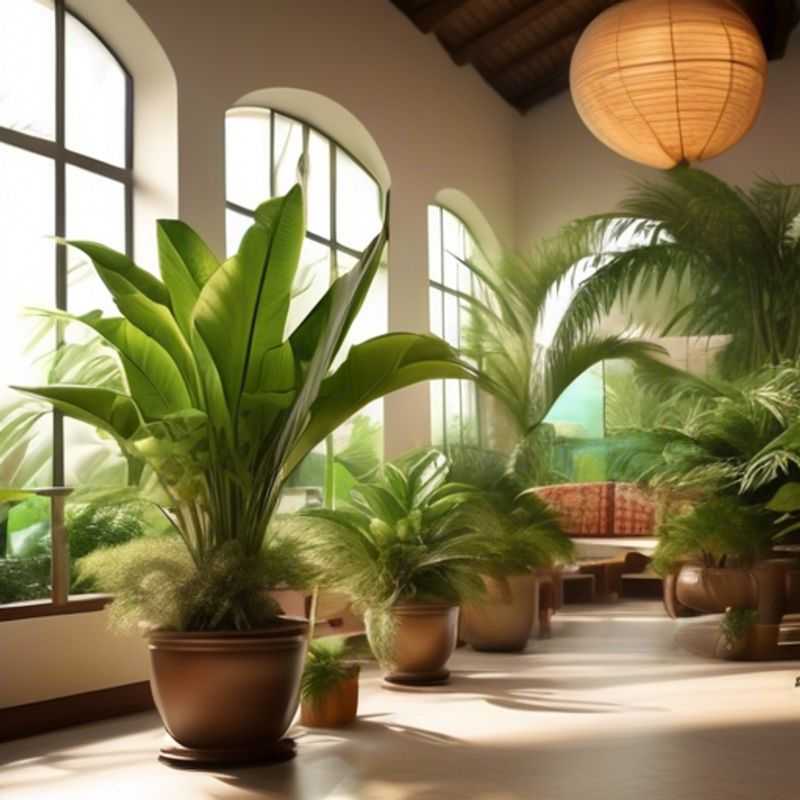
Indoor Plant Defense: Identifying Common Pests and Diseases
Knowing the common pests and diseases that can affect your indoor plants is crucial for maintaining their health and vitality. This knowledge will enable you to detect problems early and take appropriate action. By familiarizing yourself with these issues, you can prevent them from spreading and ensure your plants thrive.
Common Pests:
Spider mites: These tiny arachnids feed on plant sap, causing yellowing and stippling of leaves. They are often found on the undersides of leaves. Look for fine webbing.
Mealybugs: These soft-bodied insects resemble small, white cottony masses. They feed on plant sap and produce a sticky honeydew that can attract other pests. Inspect for white, fuzzy patches on stems and leaves.
Aphids: These small, soft-bodied insects come in various colors. They cluster on the undersides of leaves and stems, sucking plant sap and causing leaves to curl or become distorted.
Scale insects: These armored insects attach themselves to the stems and leaves of plants, sucking sap and leaving behind a sticky residue. They often resemble bumps or spots on plant surfaces.
Common Diseases:
Powdery mildew: This fungal disease appears as a white, powdery coating on the leaves. It thrives in humid conditions.
Root rot: This fungal disease occurs when the roots are constantly wet, leading to root decay. It causes wilting and yellowing of leaves.
Leaf spot: This fungal disease manifests as brown or black spots on leaves. It can be caused by several fungal species.
Rust: This fungal disease produces rusty-colored pustules on the undersides of leaves. It can cause defoliation.
Prevention:
Regular inspection: Inspect your plants regularly for signs of pests and diseases. Early detection is crucial for effective treatment.
Proper watering: Avoid overwatering and ensure good drainage. Allow the soil to dry slightly between waterings.
Good air circulation: Ensure adequate airflow around your plants to prevent fungal diseases.
Cleanliness: Wipe down leaves with a damp cloth to remove dust and pests.
Quarantine: Isolate new plants before introducing them to your collection. This will help prevent the spread of pests and diseases.
By being vigilant and following these tips, you can protect your plants from pests and diseases and ensure their long-term health and vitality.

Investing in Quality Potting Soil and Containers: A Key to Plant Success
Investing in quality potting soil and containers is crucial for healthy plant growth. Choosing the right soil and containers can significantly impact your success, but it doesn’t have to be expensive.
Quality potting soil provides essential nutrients and good drainage, crucial for plant health. It also retains moisture but avoids becoming waterlogged, which can suffocate roots.
Durable containers are vital for proper drainage and aeration. They should be made of materials that are not easily broken and can withstand the elements. Look for containers with drainage holes to prevent overwatering.
Recycled materials can be a great way to save money and be eco-friendly. Look for used pots or repurpose items like plastic tubs or even old tires into planters. Just make sure they have drainage holes and are suitable for plant growth.
Consider the plant's needs when selecting a container. Some plants prefer smaller pots, while others require larger ones. Research your specific plants to find the best container size.
